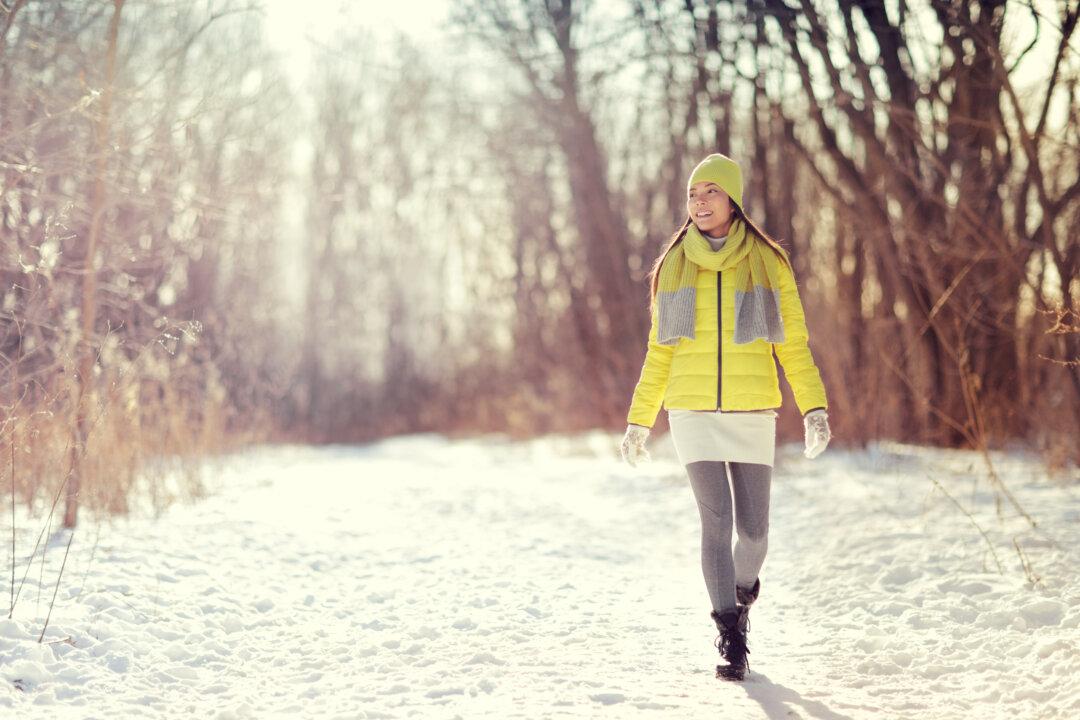As the days continue to get shorter and colder, it’s likely that you or someone you know has started to experience seasonal mood changes.
Symptoms such as a loss of energy, a dip in mood, a lack of interest, or trouble focusing can often be attributed to the lack of daylight we take in. When these symptoms get too disruptive, they can be indicative of a mood disorder called seasonal affective disorder (SAD).

